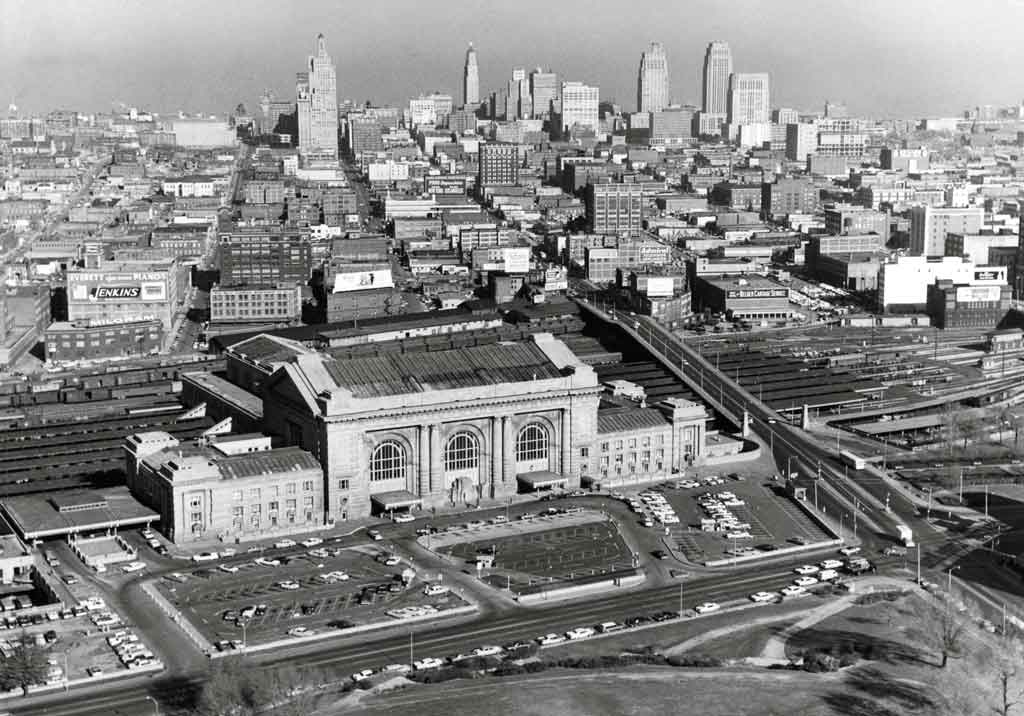
At the turn of the 20th century, the citizens and serving railroads of Kansas City, Mo., yearned to revamp how passengers arrived and disembarked from the growing gateway city along the Missouri River. The 1878-built Union Depot in the West Bottoms district couldn’t keep up with the thriving rail traffic and local desire to transform the city’s overall appearance from grimy to glamorous. The tipping point occurred in 1903, when a flood severely damaged the terminal.
The aftermath of this natural disaster led six railroads to deviate from the old Union Depot in February 1906, and form a new subsidiary railroad primed for a new station at a new location. The remaining six eventually joined in, and together all 12 railroads established the Kansas City Terminal Railway Co., in July of that year. Together, they identified a more central station site at a higher elevation.
Shortly afterwards, resident architect Jarvis Hunt designed what would become Union Station and ultimately “Give the People a Monument.” When opened on Nov. 1, 1914, after four years of construction, Mr. Hunt delivered on the dictum. Beauty and practicality shined: The “T” shape building was of Beaux-Arts style, and the platforms and track plan were configured to efficiently handle passengers, baggage, mail, and express from a dozen Class I railroads. The design of Union Station also incorporated social gathering space for visitors to dine, shop and be entertained, with the Fred Harvey Co., at one point, handling it all.
The station became the setting for the infamous event that was projected across the entire nation. On June 17, 1933, captured mobster Frank “Jelly” Nash plus an escorted entourage of FBI agents and police officers were ambushed by three gunmen outside the terminal’s east portal. Several officers, along with Nash, were killed. The Union Station massacre resulted in the public’s negative perception of 1930s gangsters while the FBI was strengthened and reinforced.
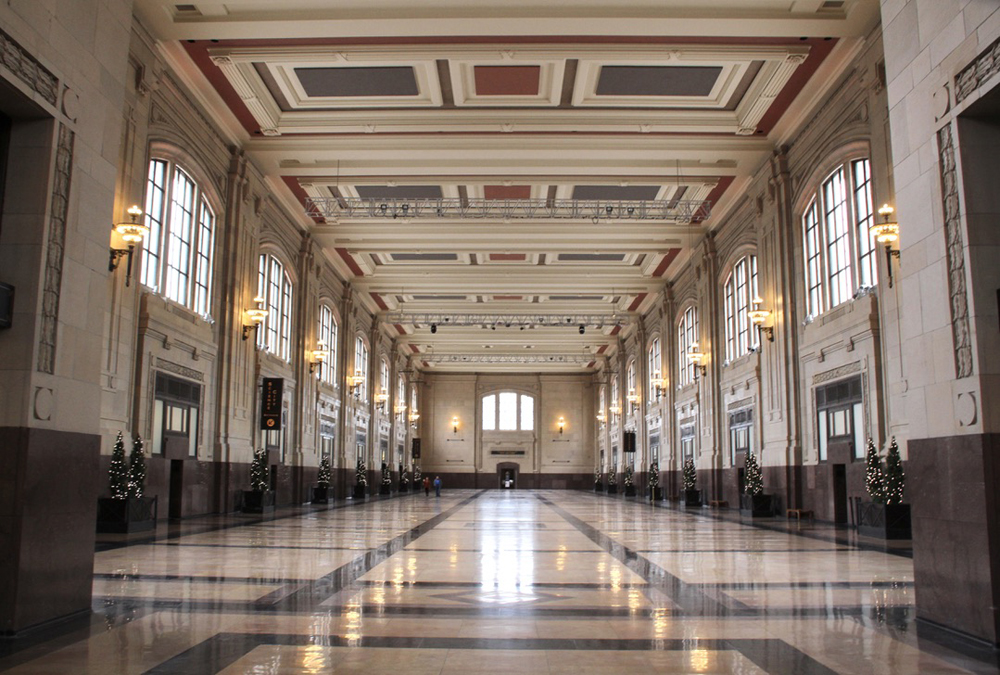
But like most massive U.S. passenger terminals, Kansas City Union Station has witnessed highs and lows. At its peak, more than 100 trains arrived daily, including name trains such as Chicago, Burlington & Quincy Railroad’s Pioneer Zephyr and Santa Fe Railway’s Super Chief. Conversely, effects of passenger rail decline through the 1950s and 1960s, compounded by failure to implement redevelopment plans led to dark days in the 1980s.
In 1985, Amtrak moved all remaining trains to a nearby cinder-block facility. Passenger service at Kansas City Union Station was over. That was until the beginning of the 21st century.
But before that could happen, voters on both sides of the Missouri-Kansas state line approved a one-eighth of a cent bi-state sales tax in 1996 to raise $118 million. This was part of a $250 million project to restore and redevelop Union Station. It reopened on Nov. 10, 1999, returning as a popular gathering space with restaurants, theaters, a model railroad layout, and the Science City museum full of exhibits and a planetarium.
Amtrak finally made a comeback to the station in late 2002. Today, the historic platforms continue to host daily riders aboard the carrier’s Chicago-Los Angeles Southwest Chief and Chicago-St. Louis-Kansas City Missouri River Runner. Rapid rail transit remains strong in connecting the terminal to the rest of the city with the daily Kansas City Streetcar. Though it falls short of servicing 100 passenger trains each day, Kansas City Union Station continues to perform admirably. After more than a century of service, it continues to be celebrated as a “Monument for the People.”








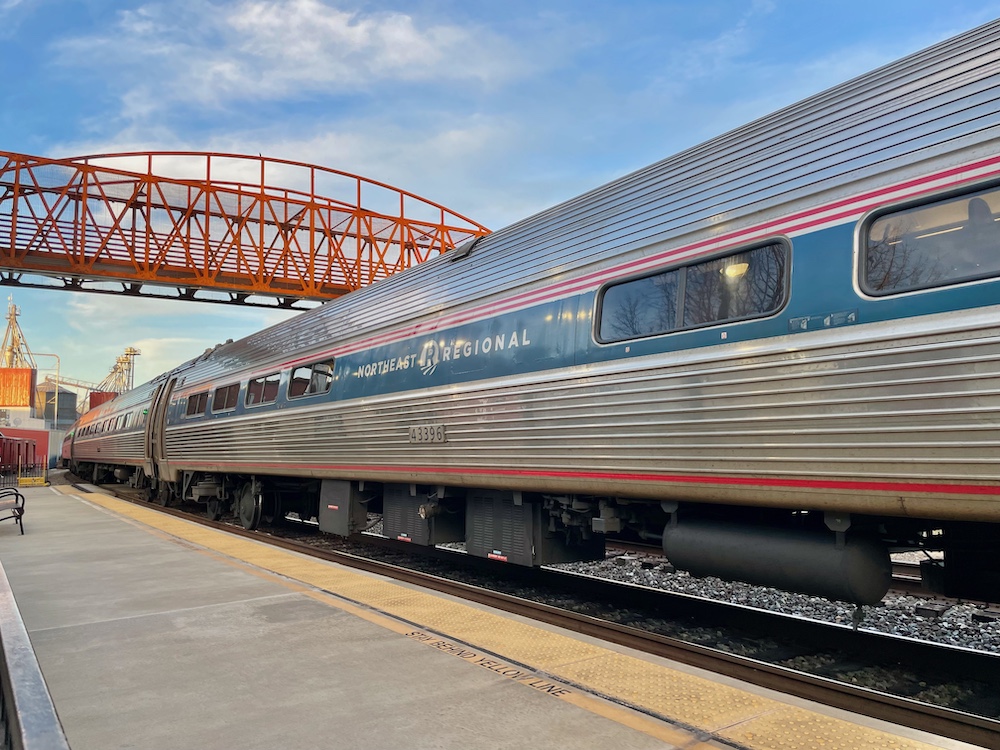
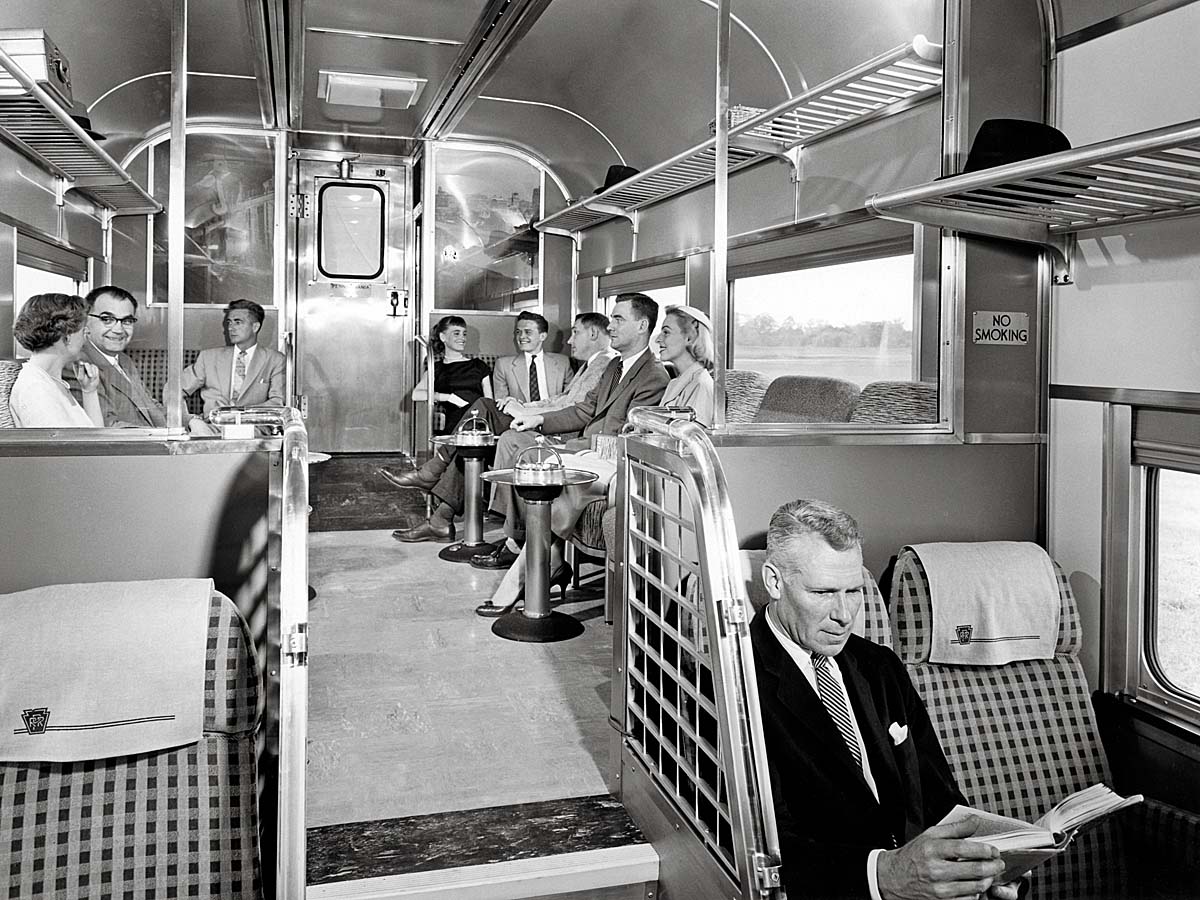
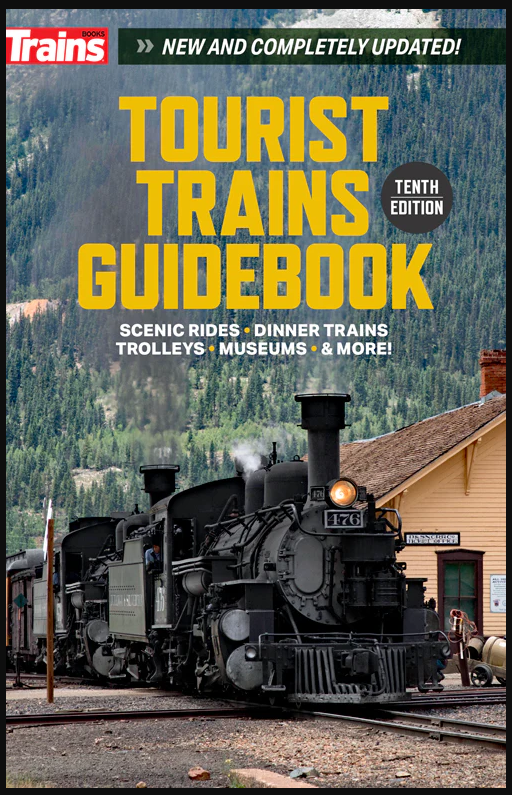

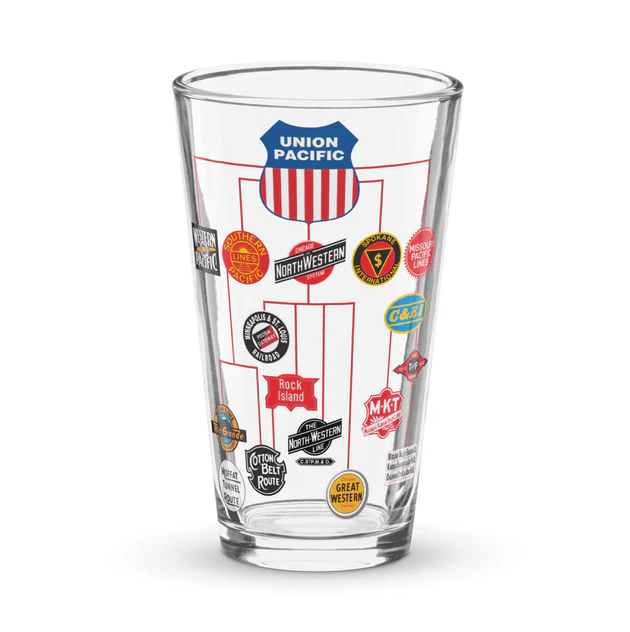
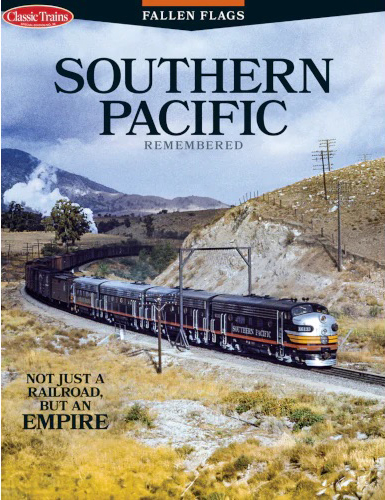
The station opened October 30, 1914. My dad, then 5 years old, was there. The ticket windows opened at 11 pm…the first ticket was purchased by F W Hockaday of Wichita, Kansas.
Kansas City is on the Missouri River, not the Mississippi River.